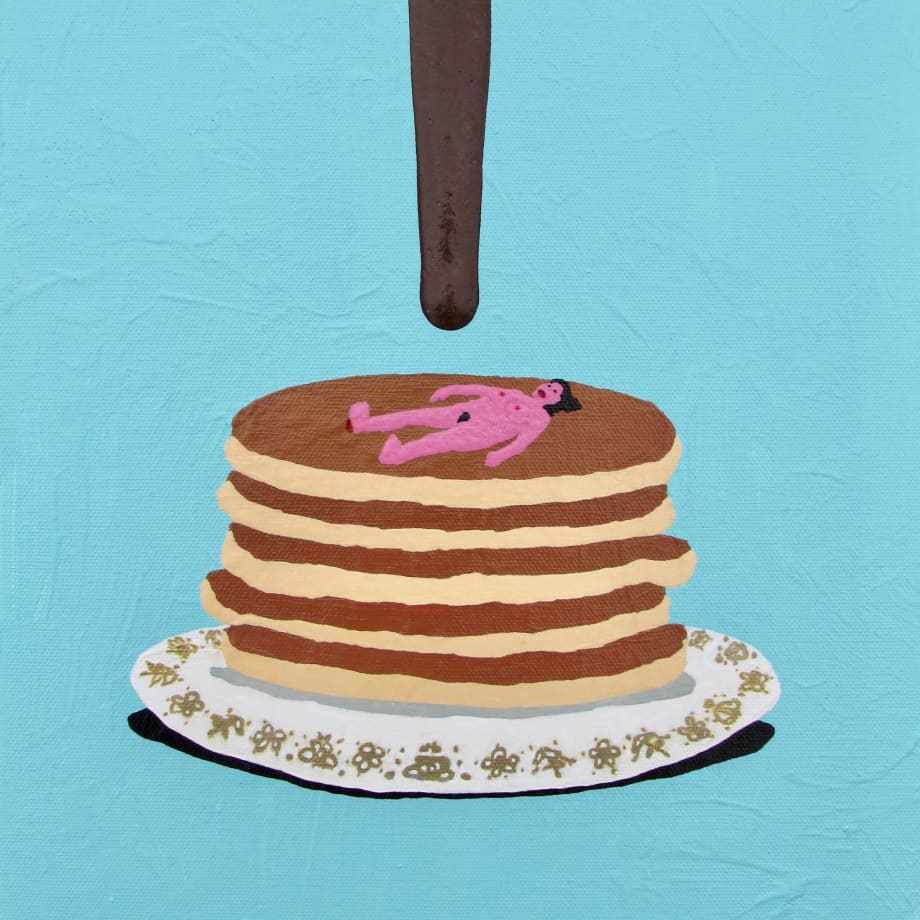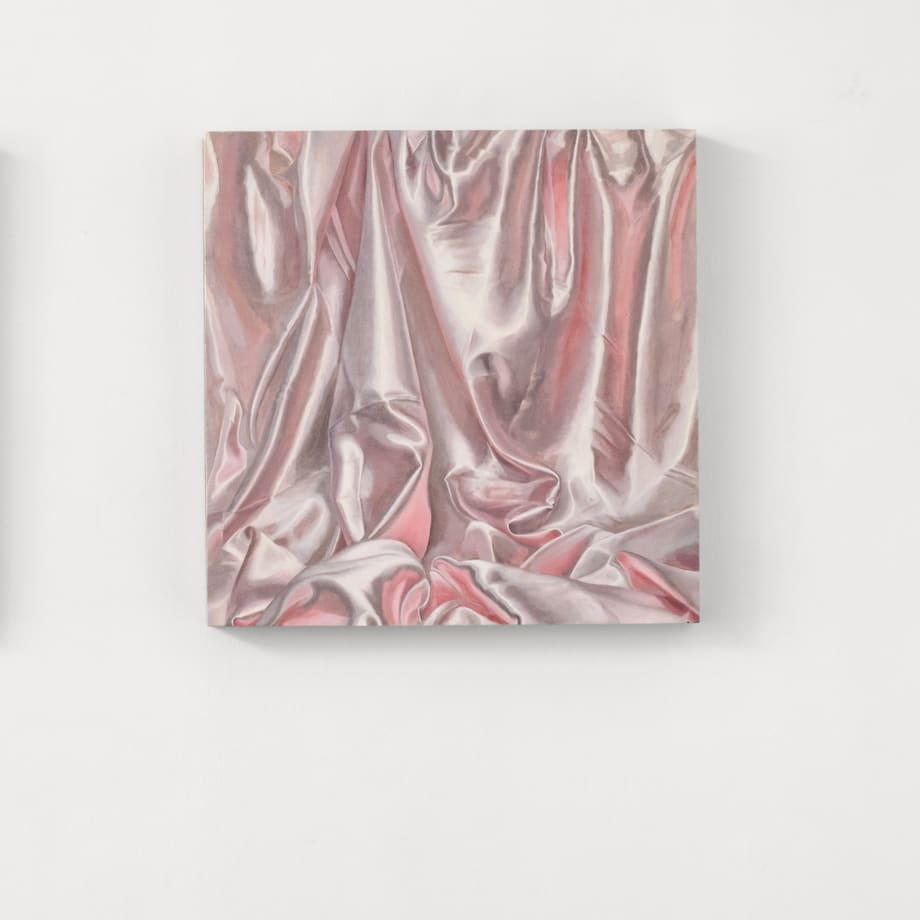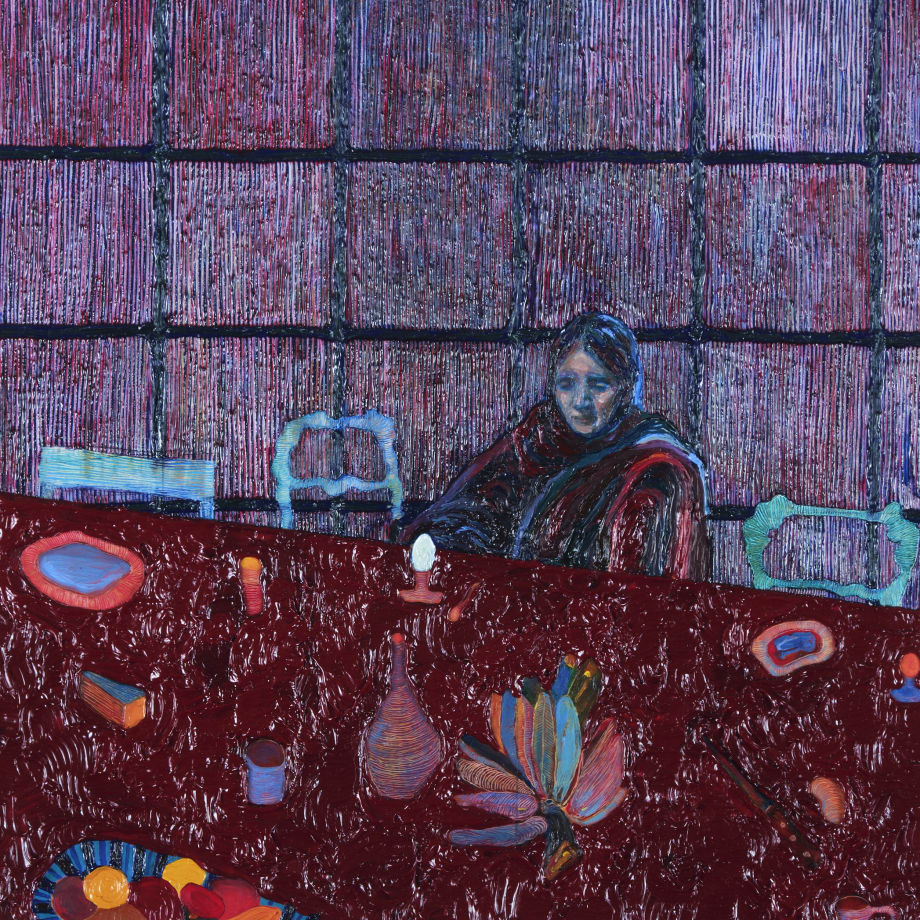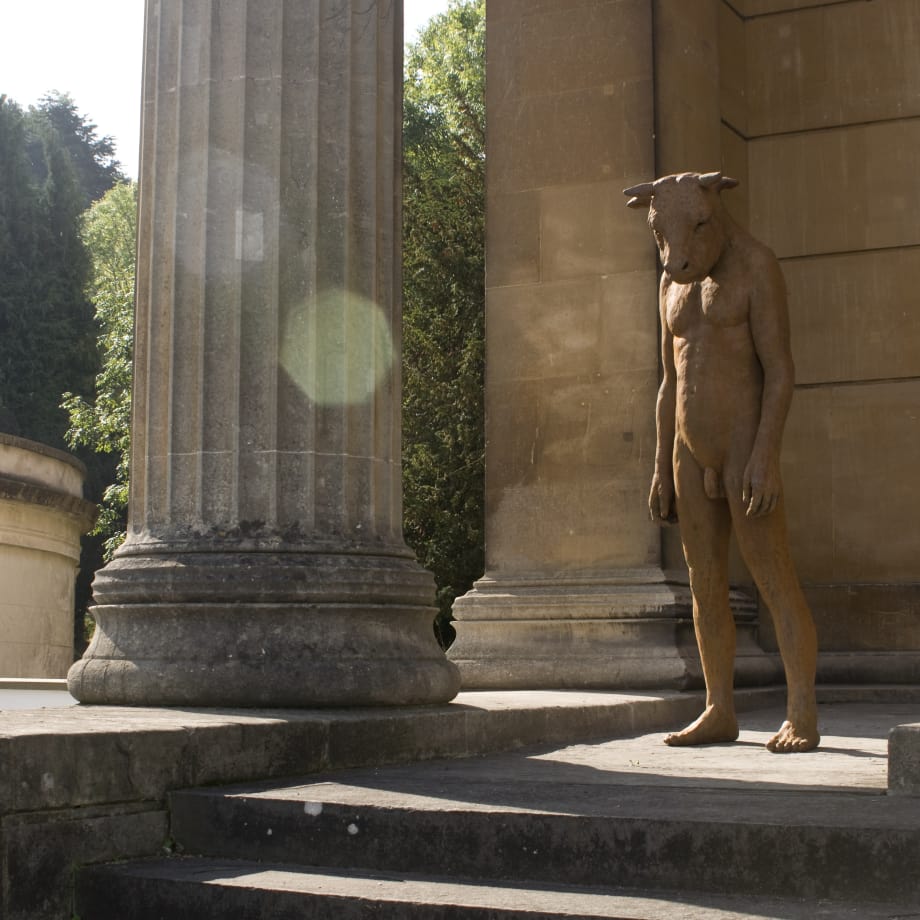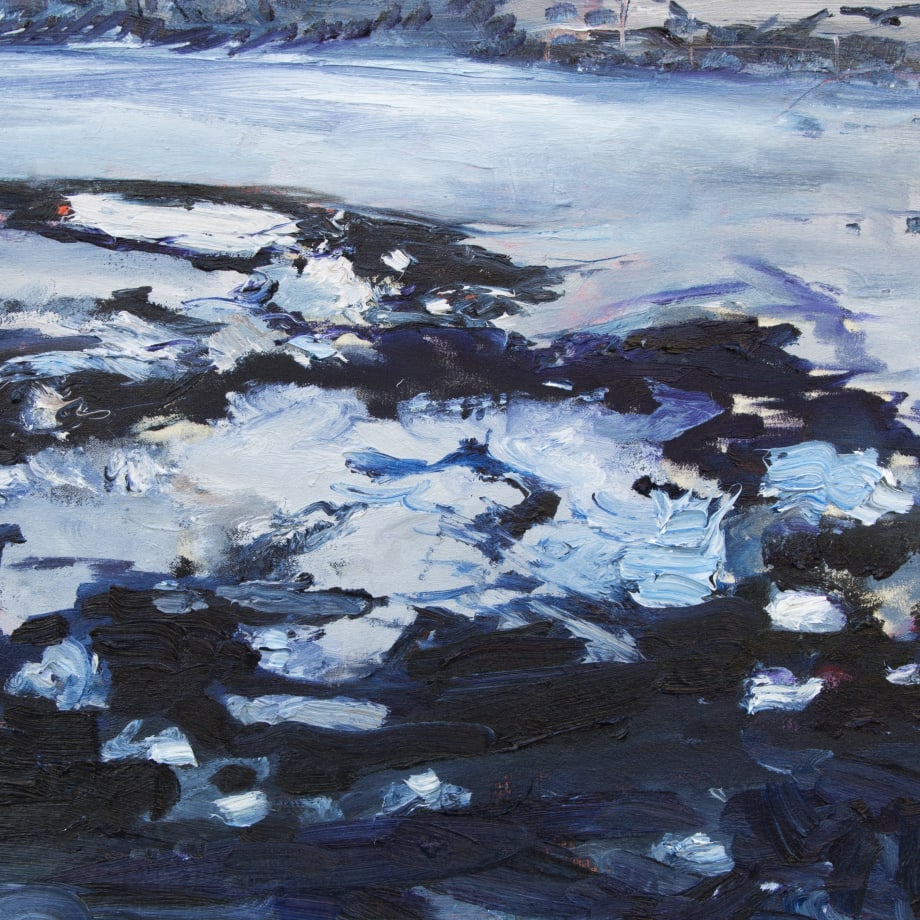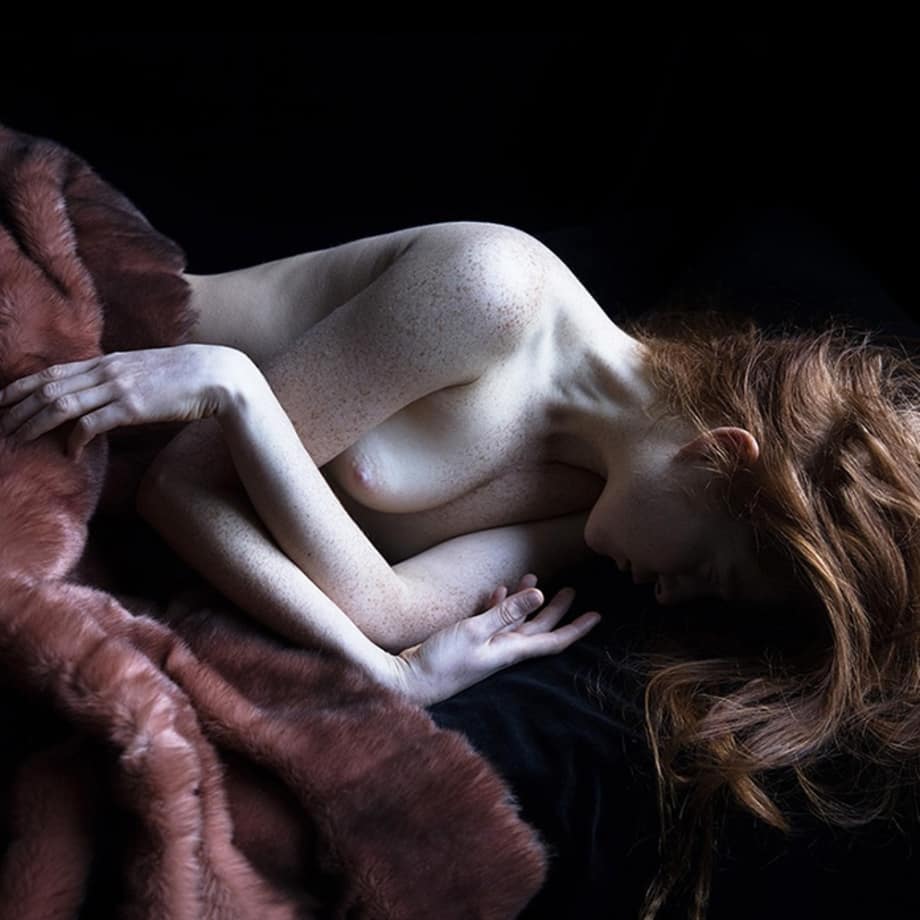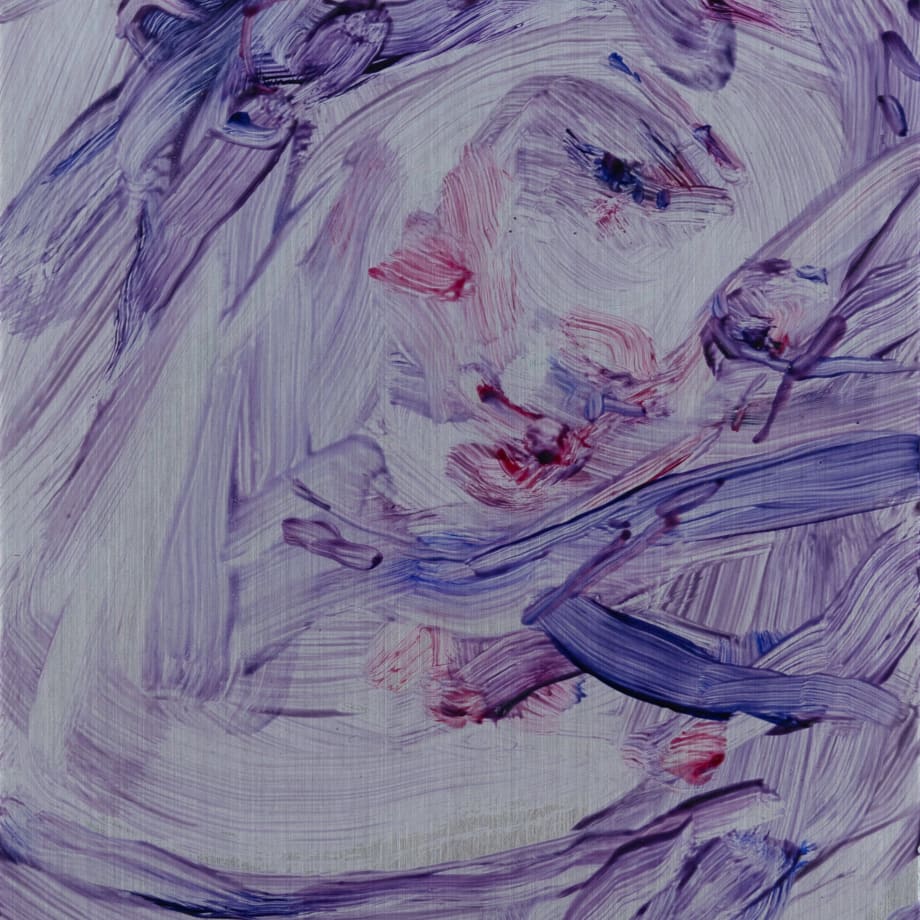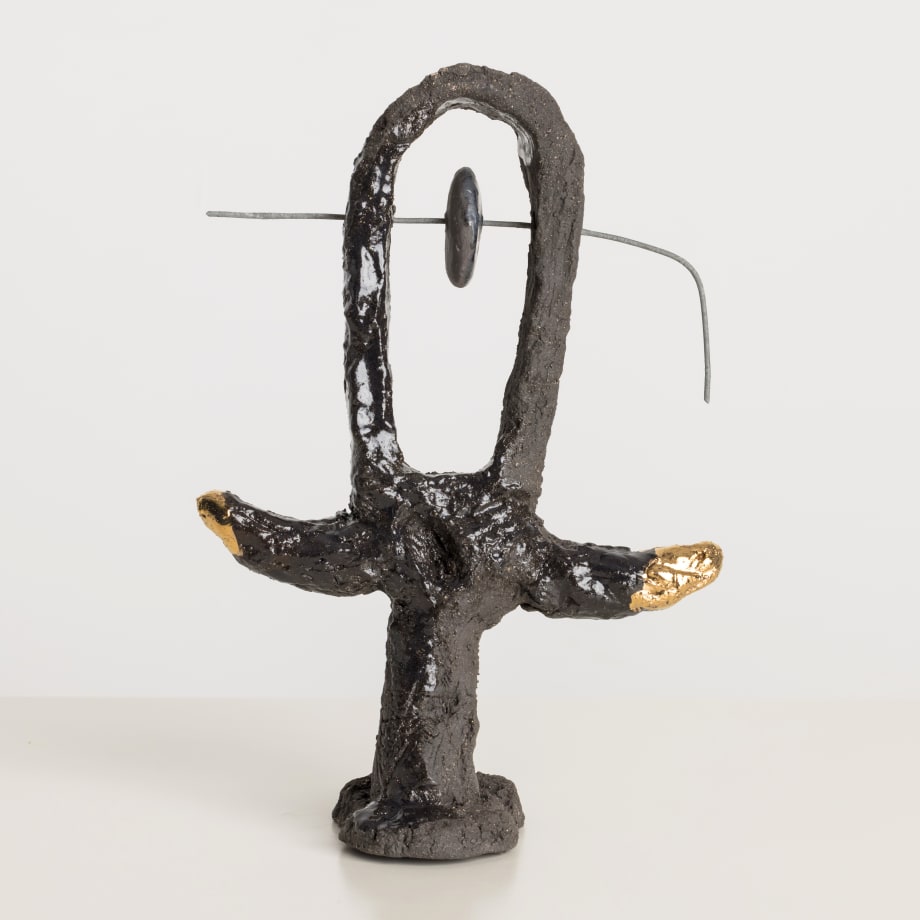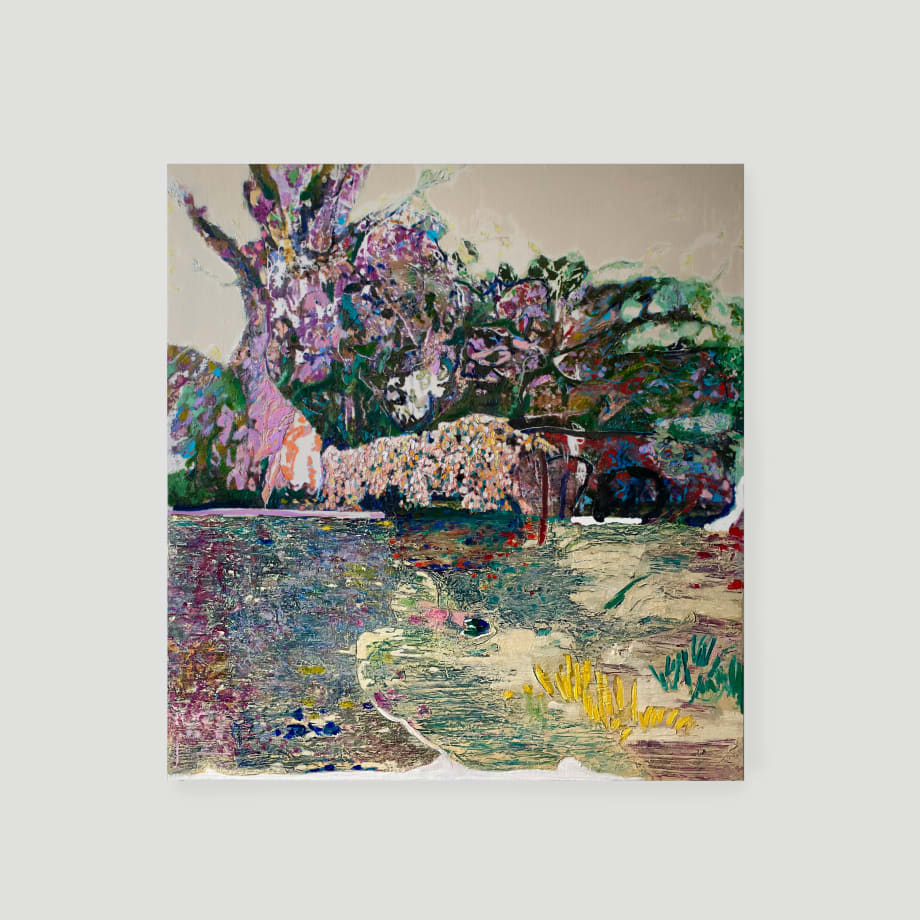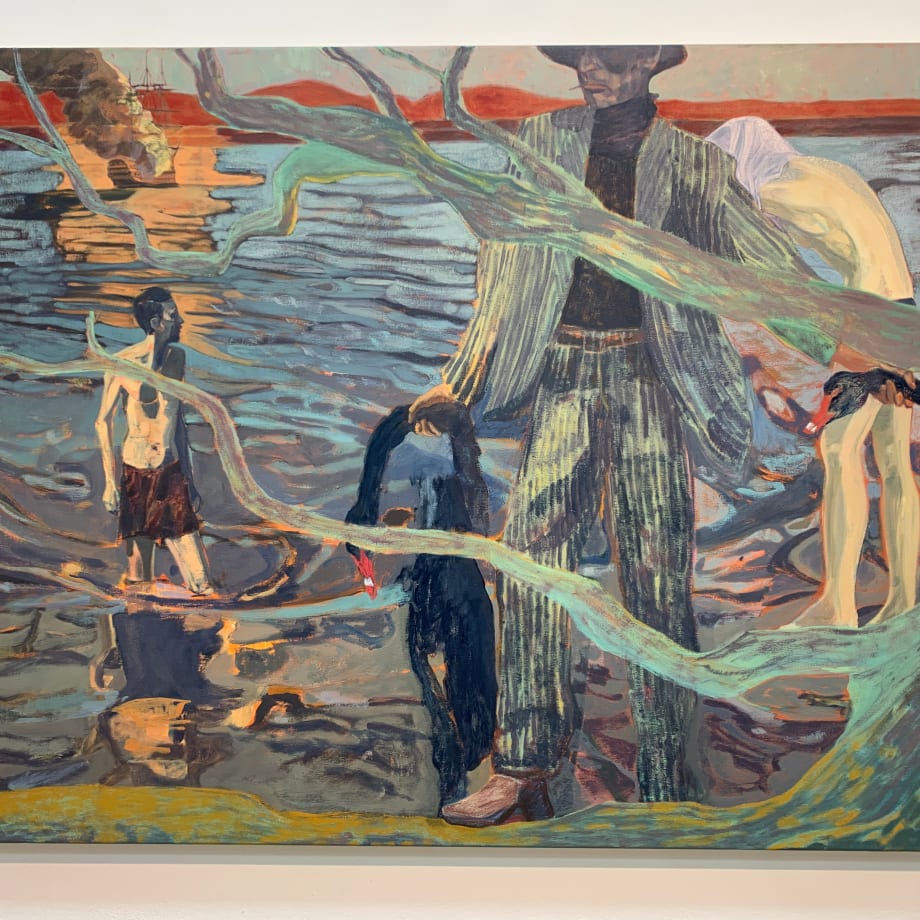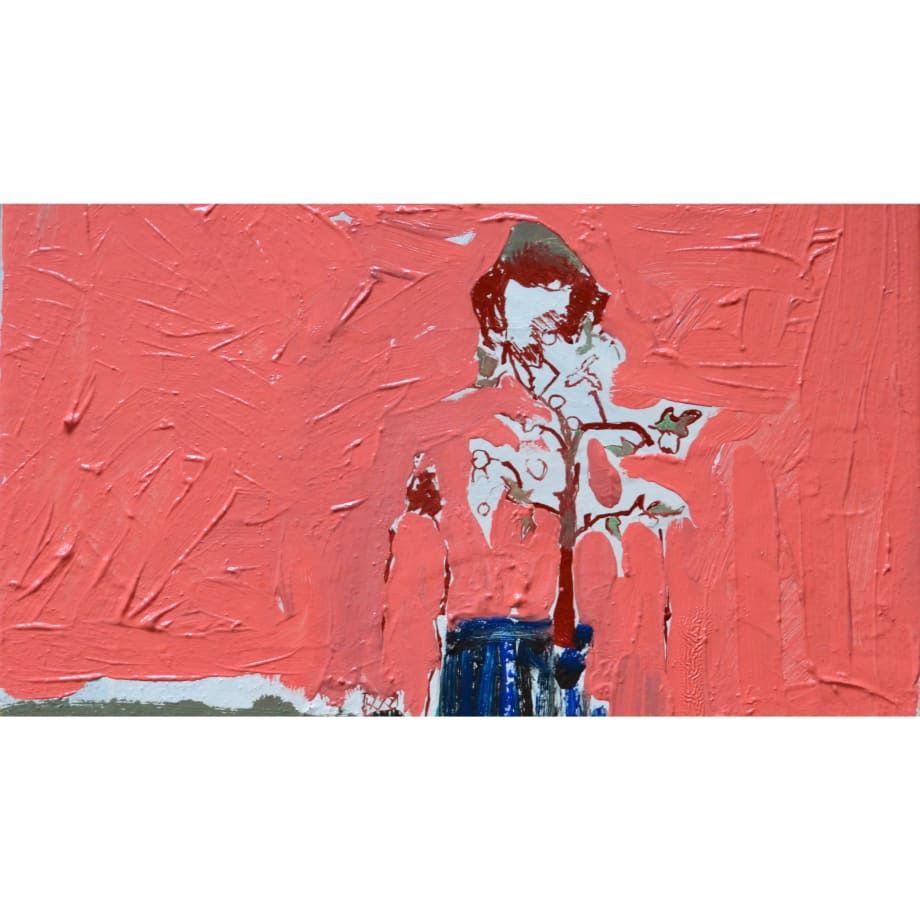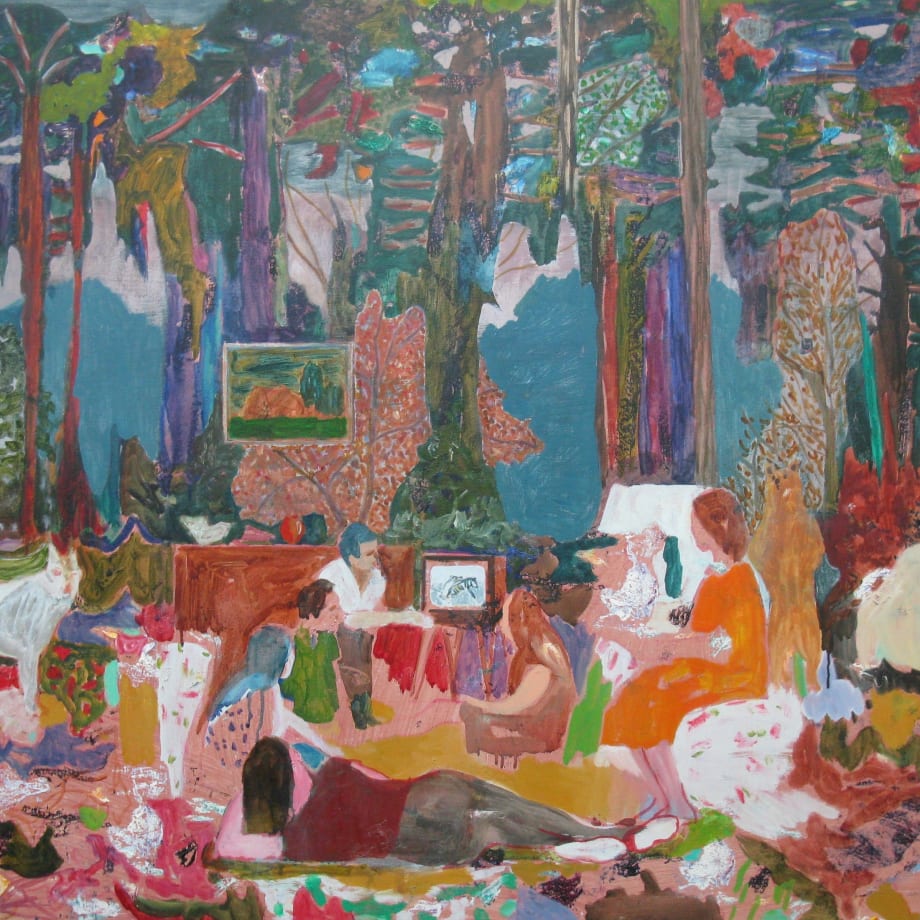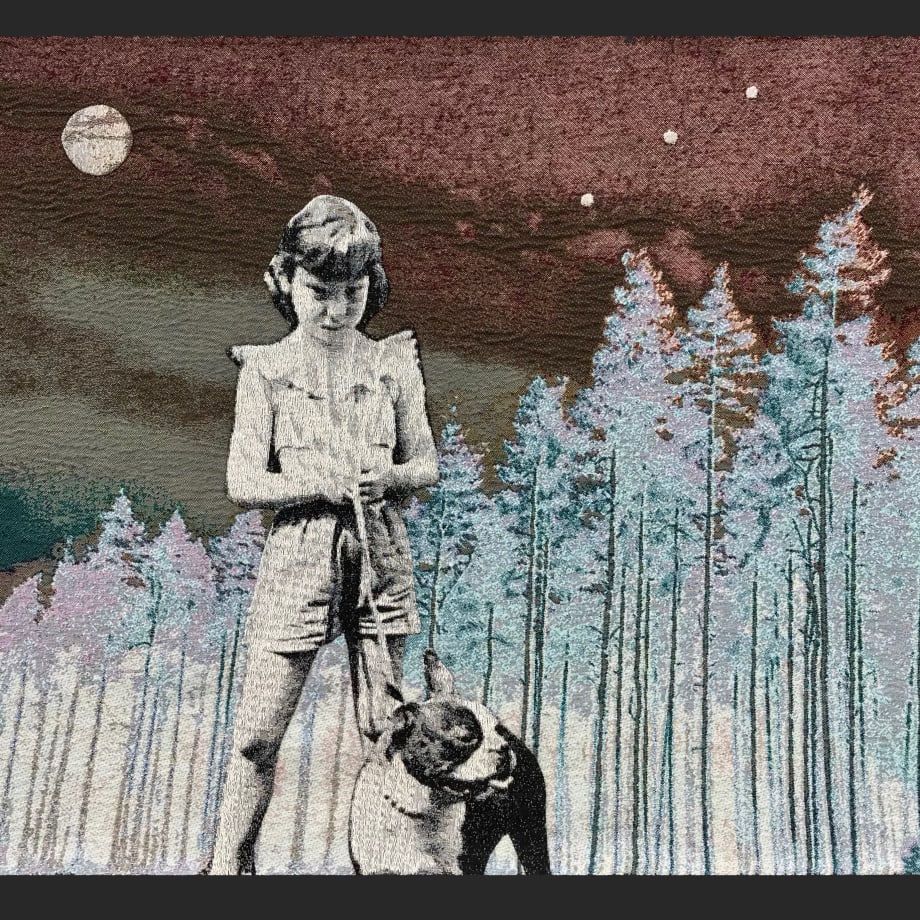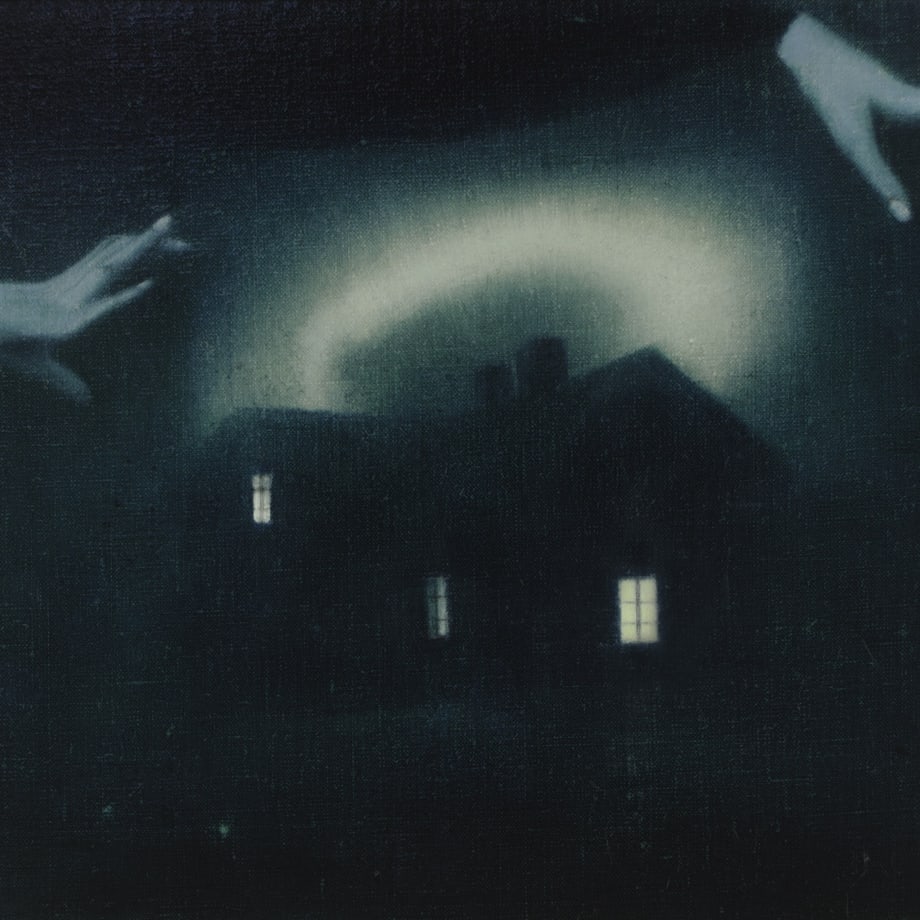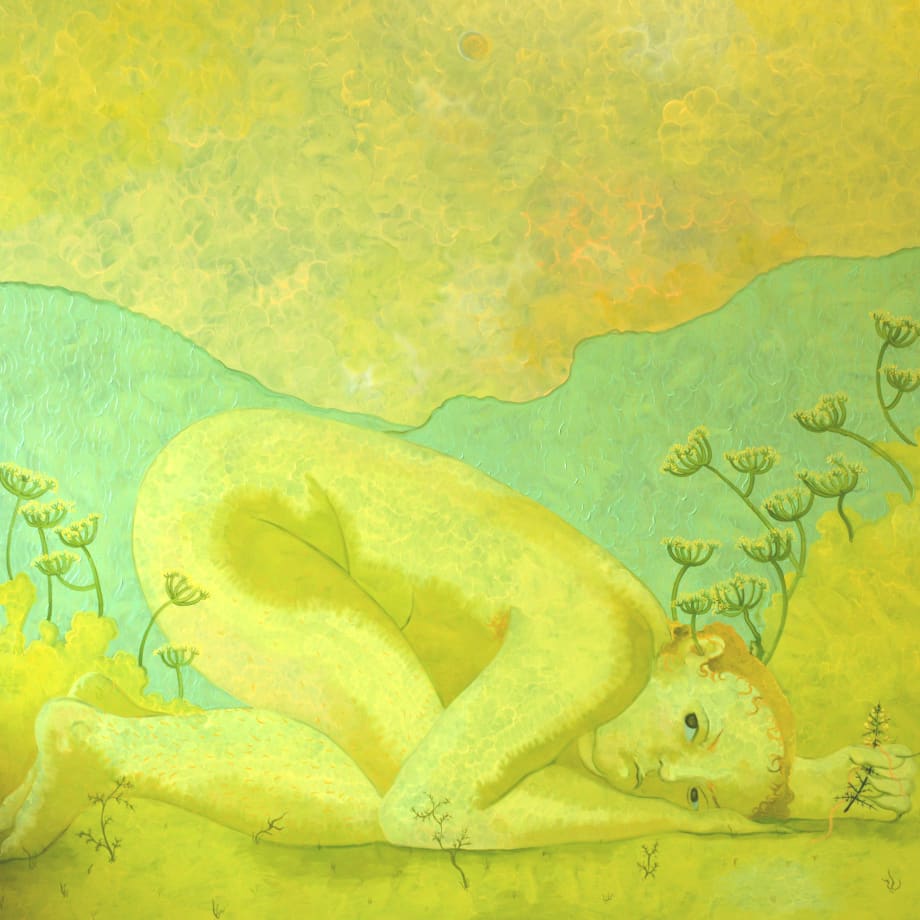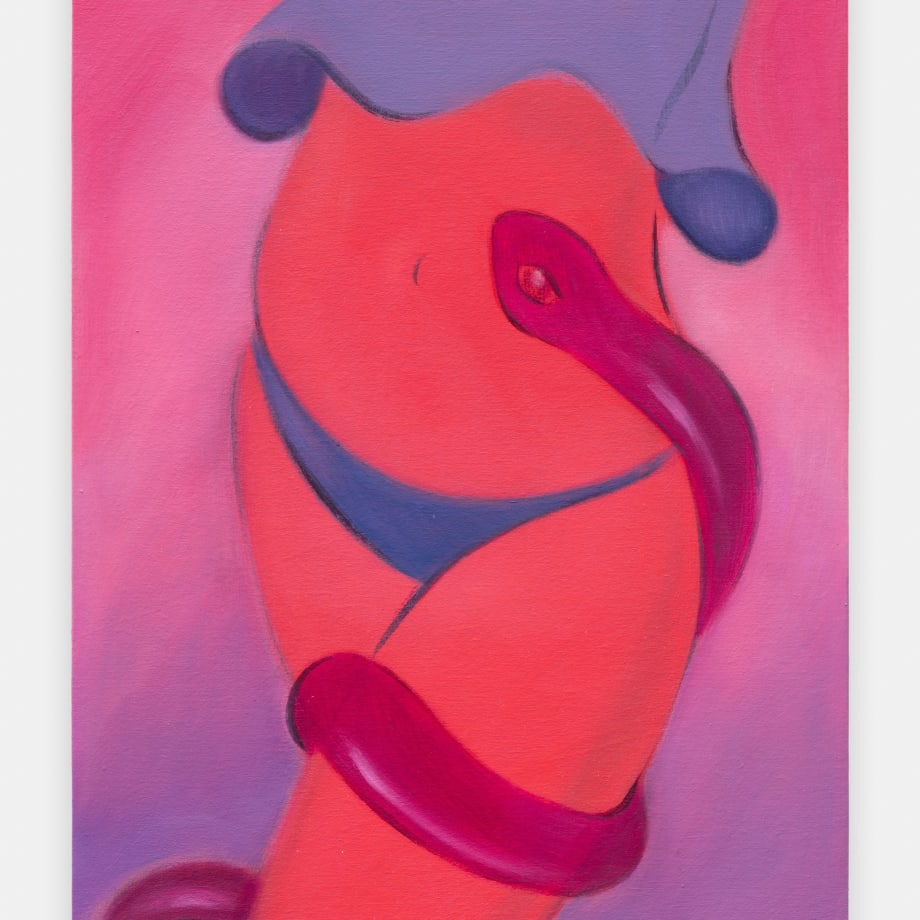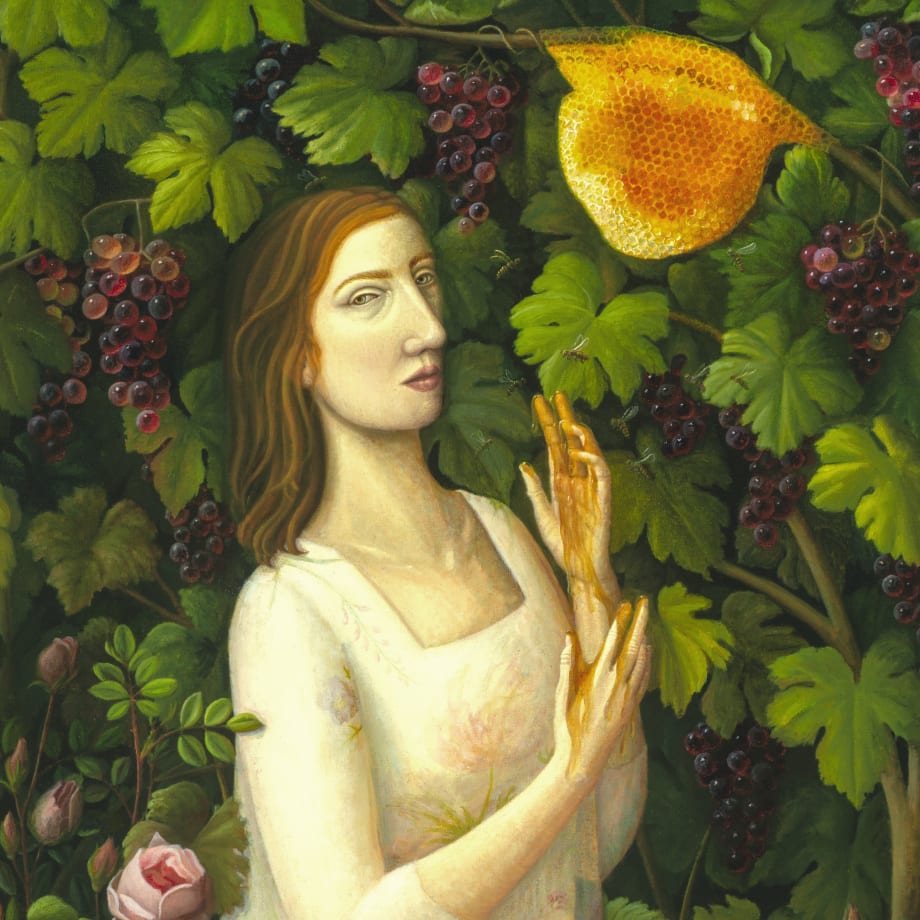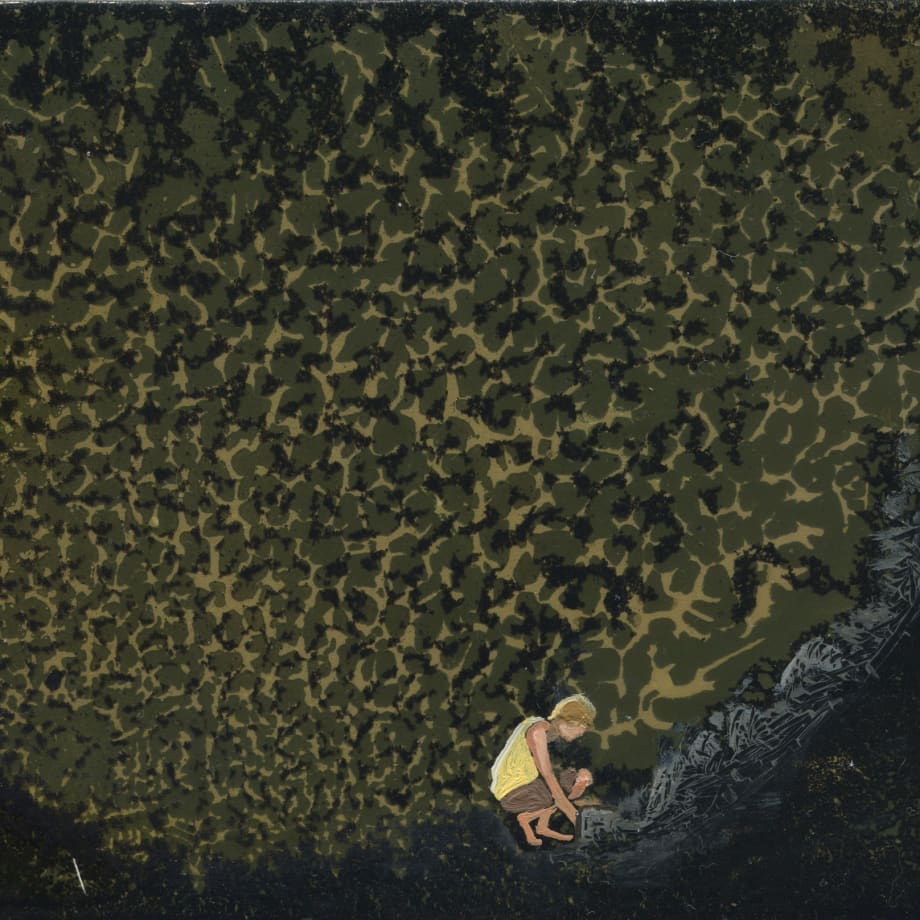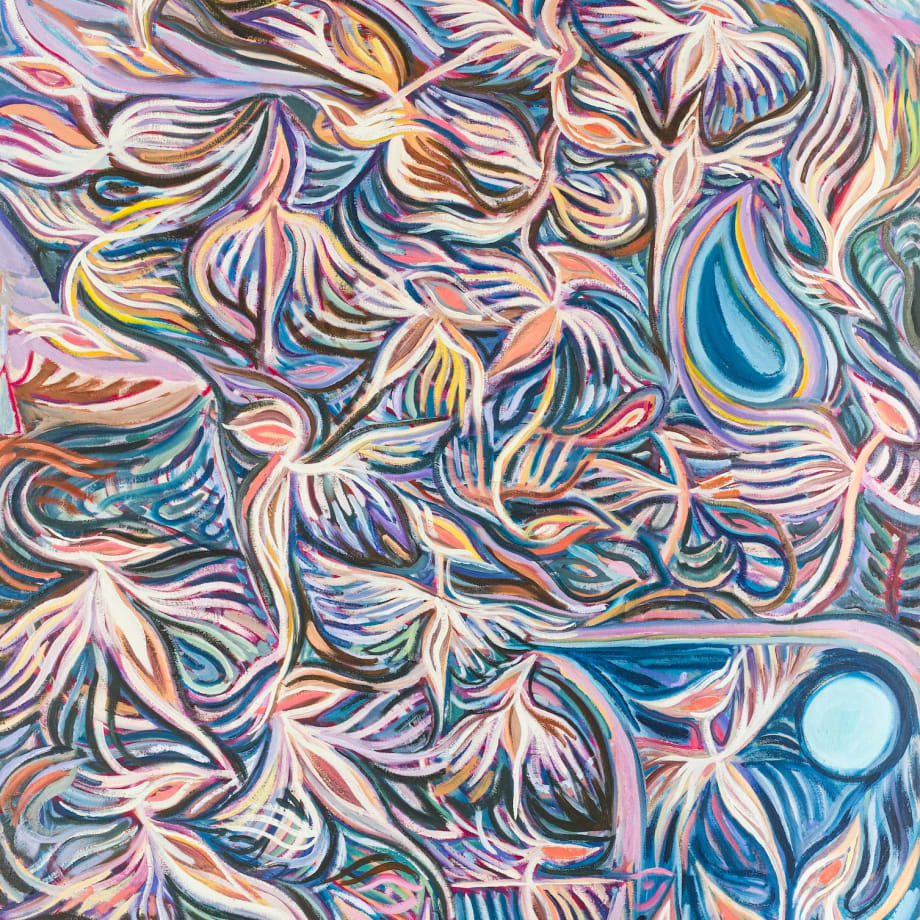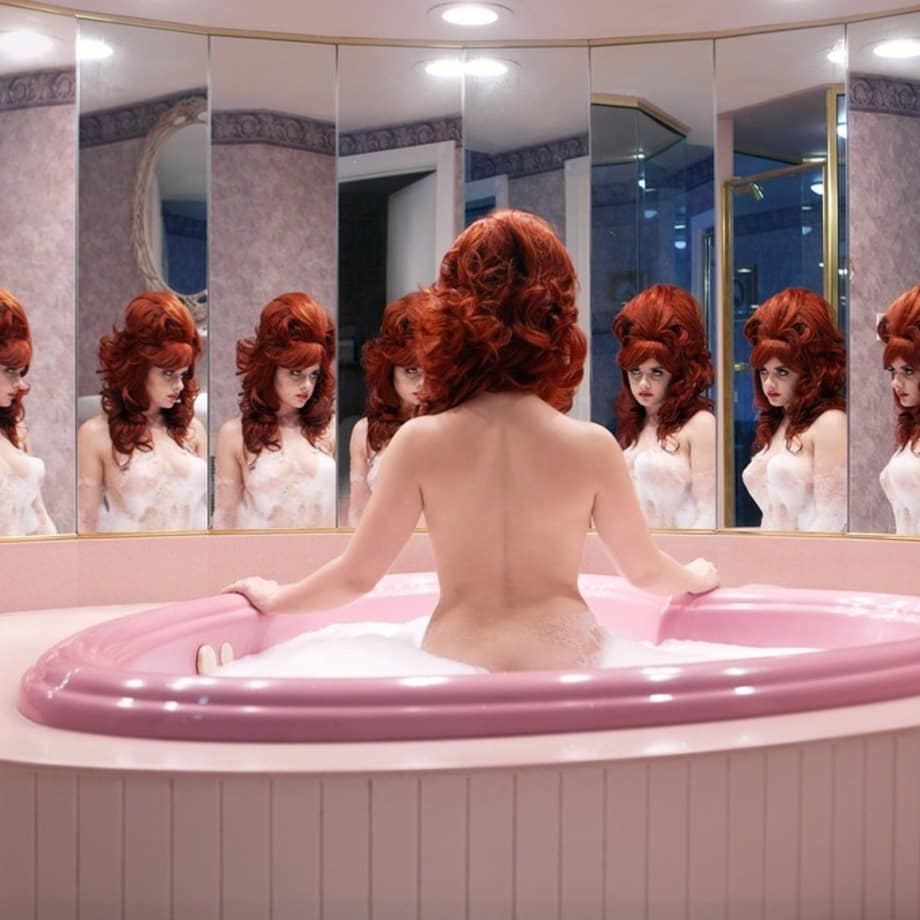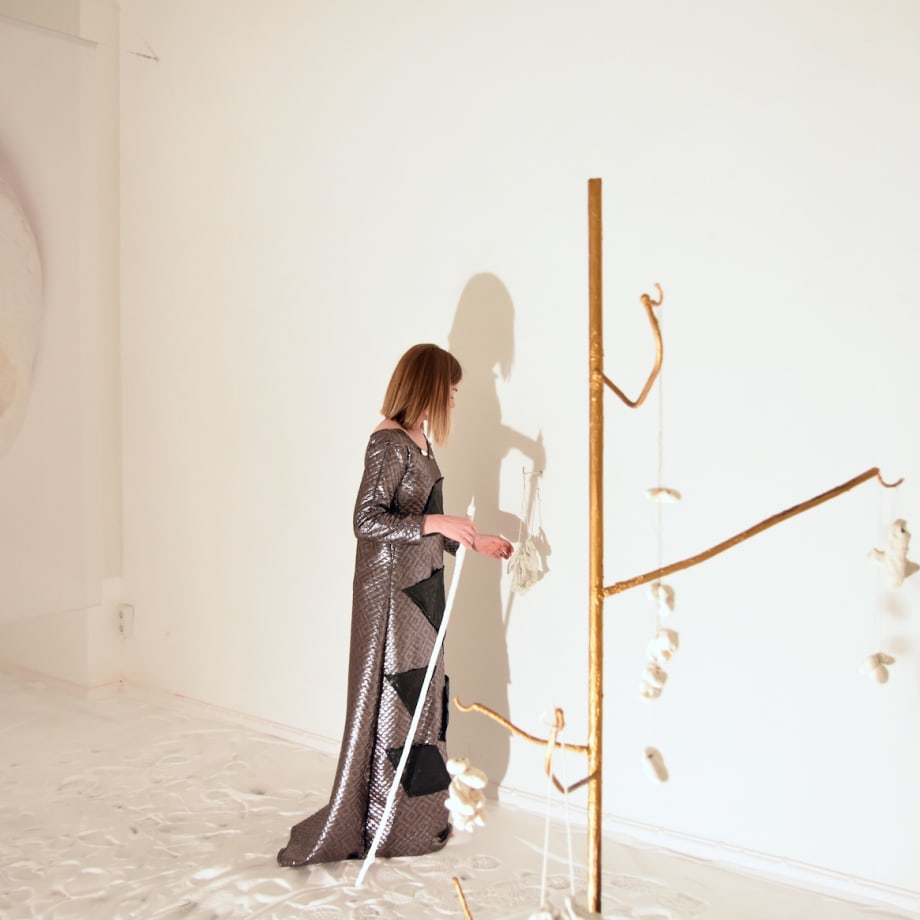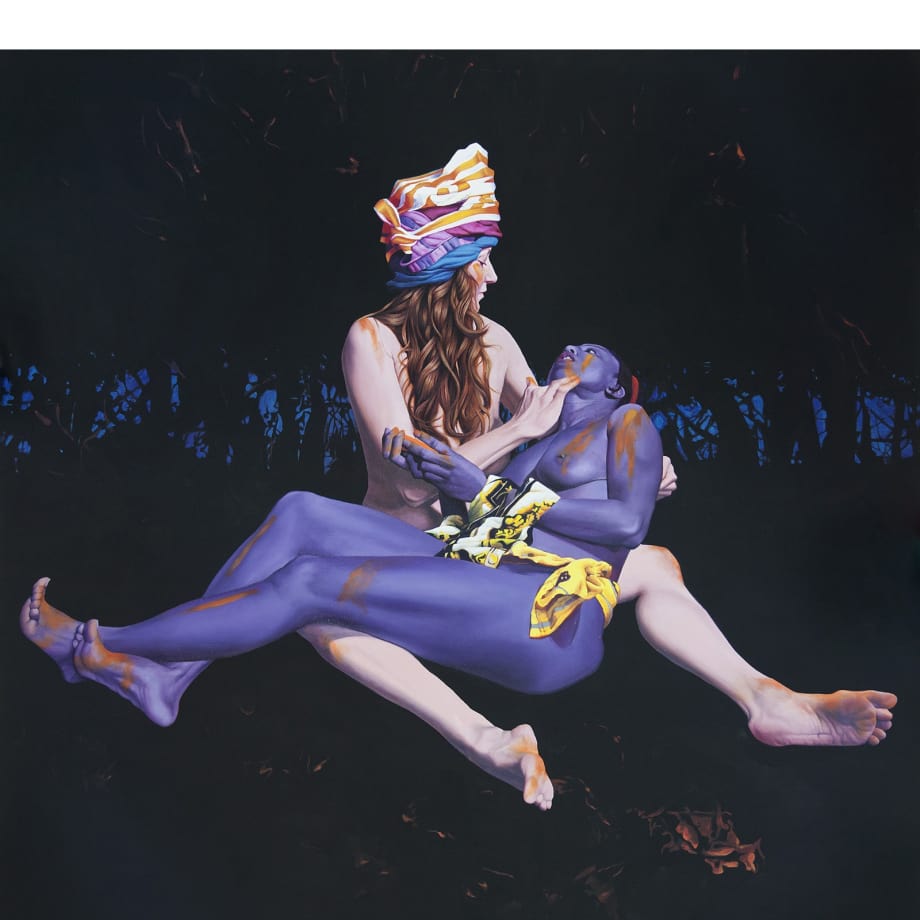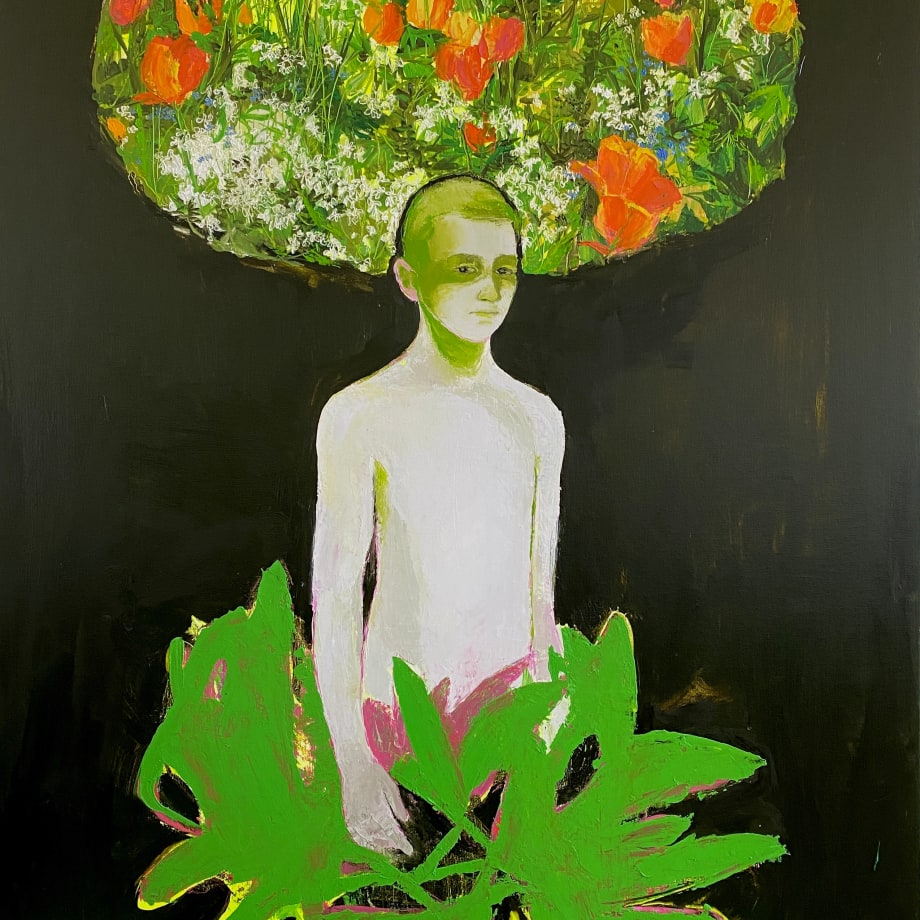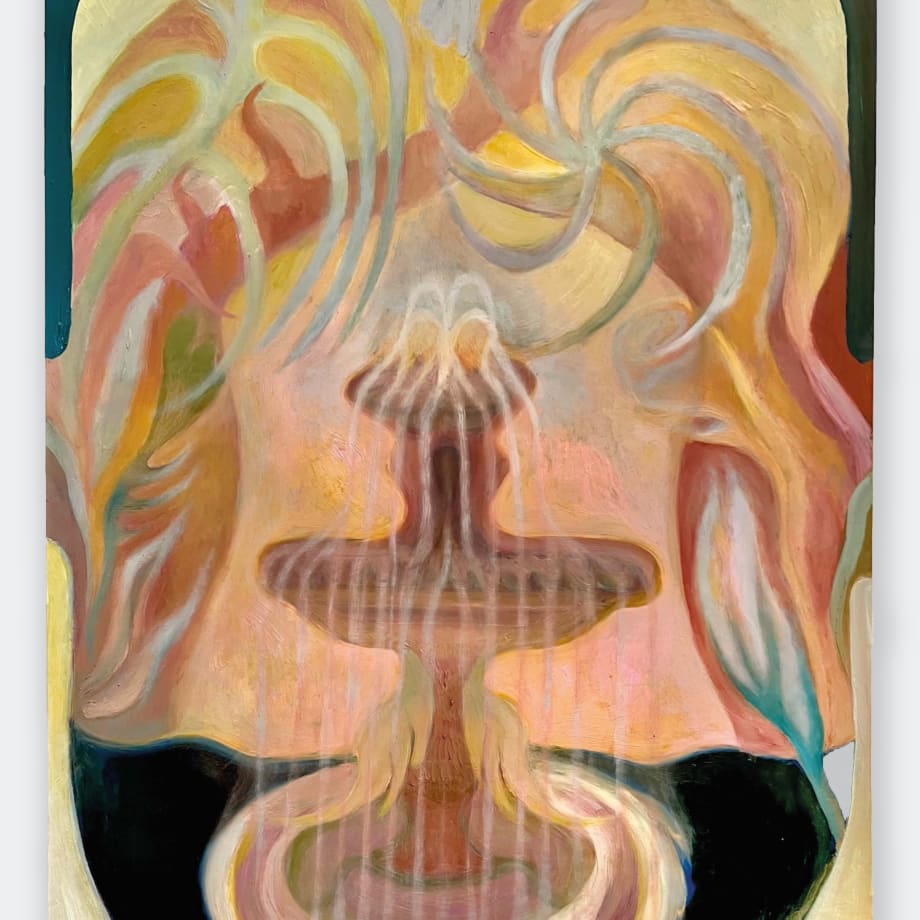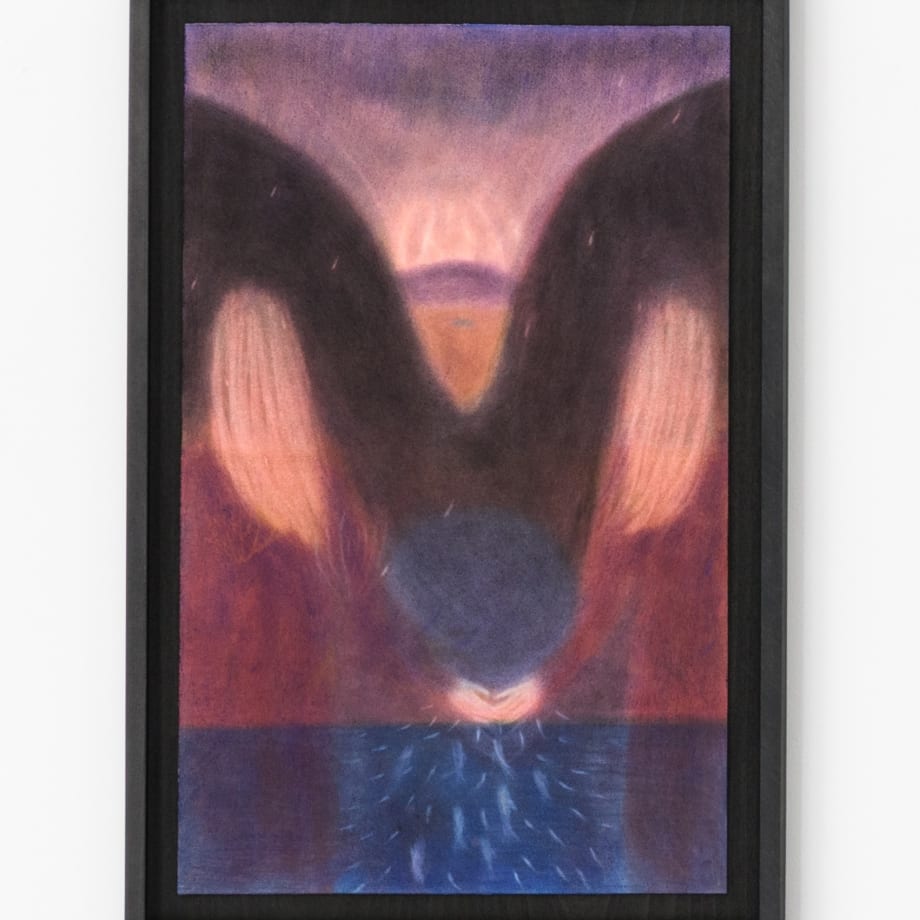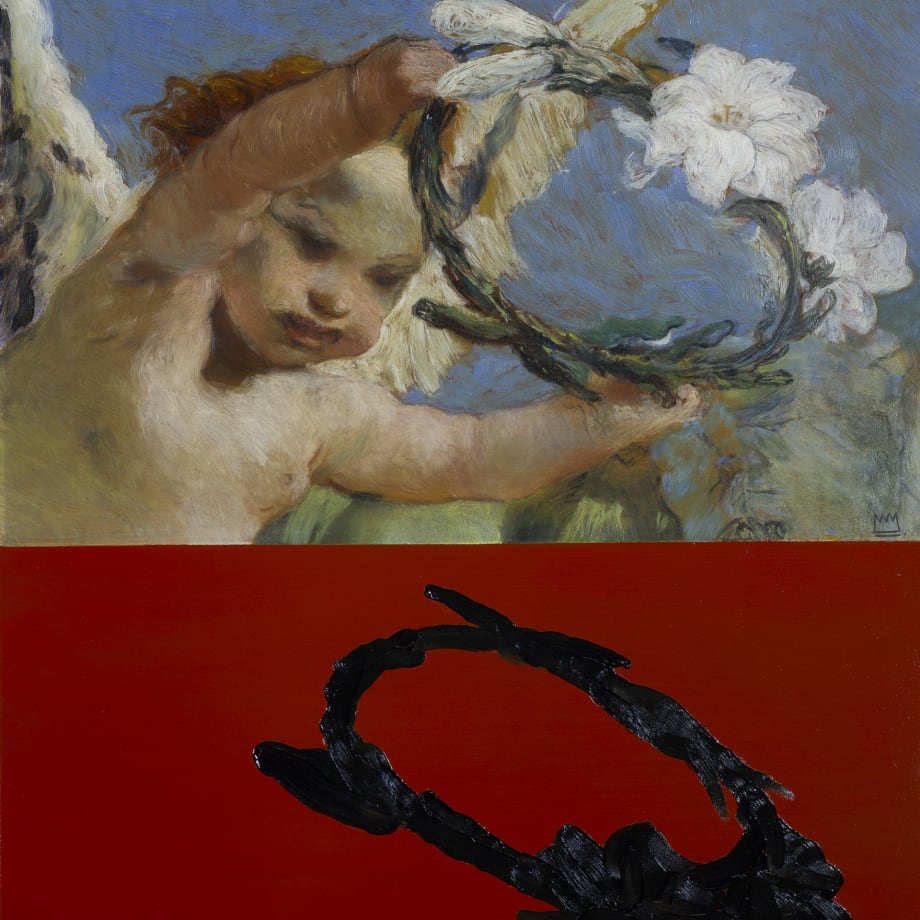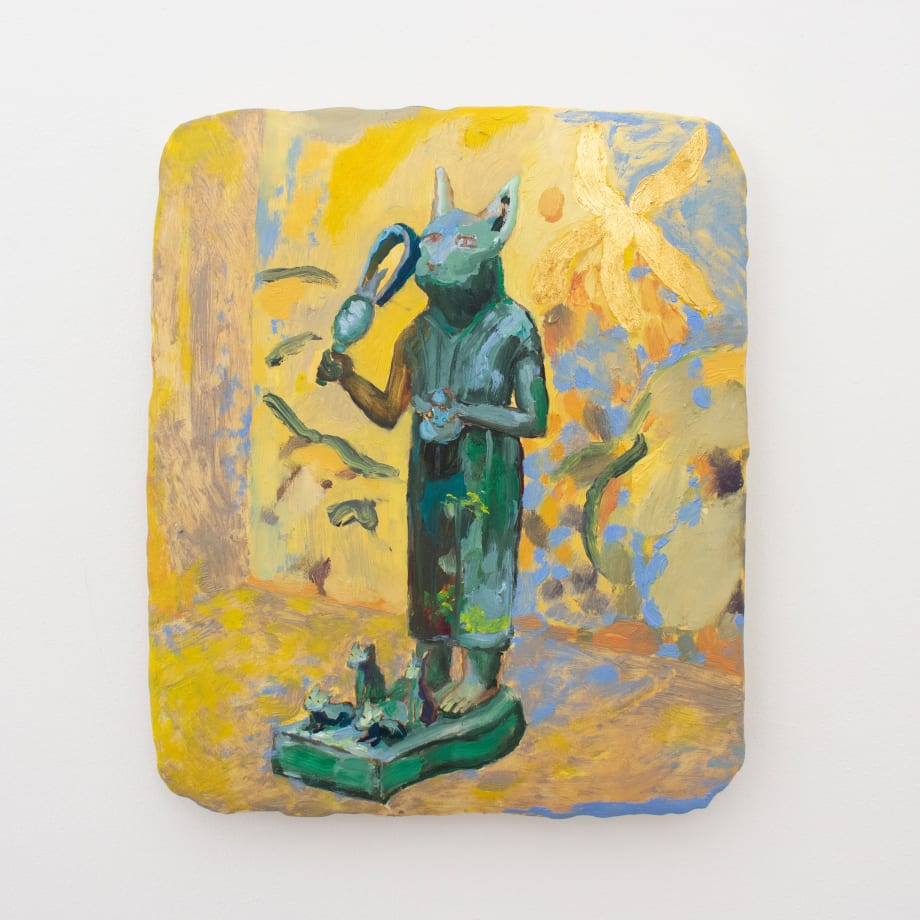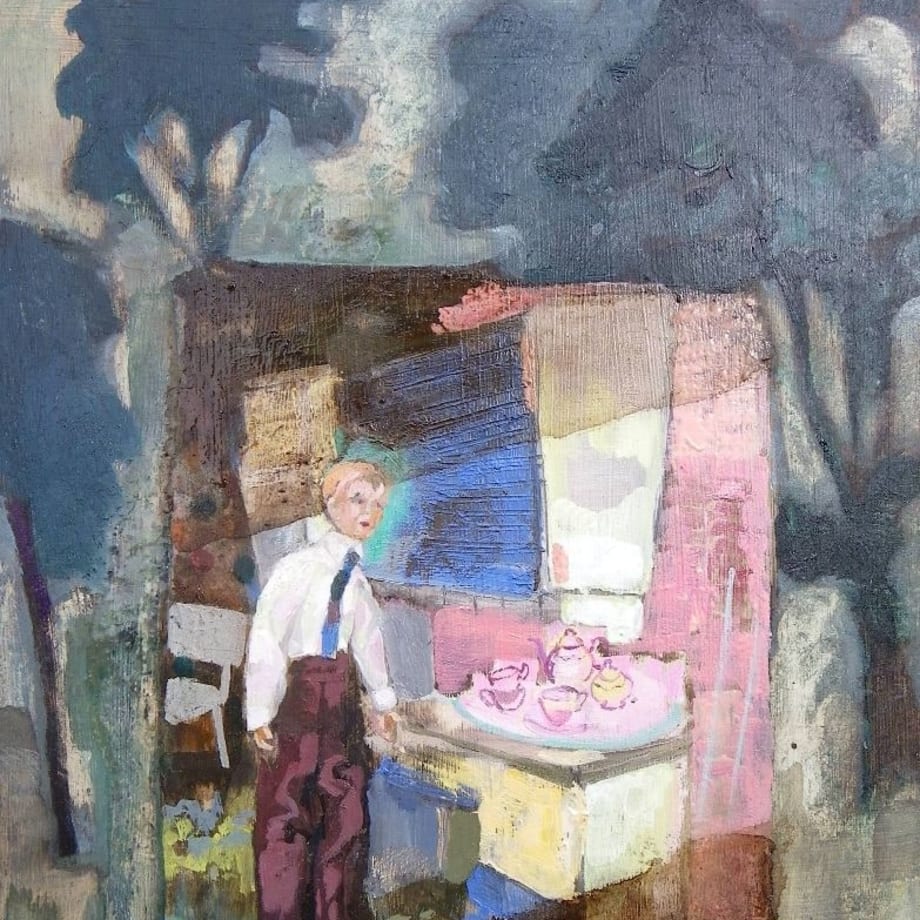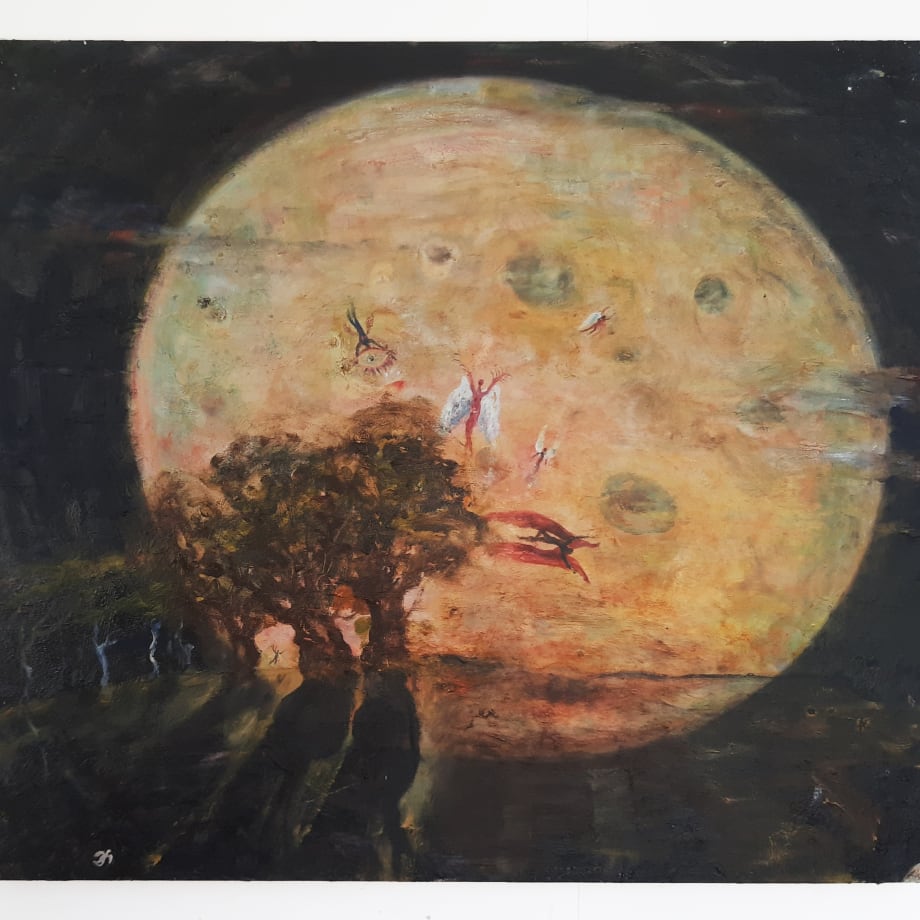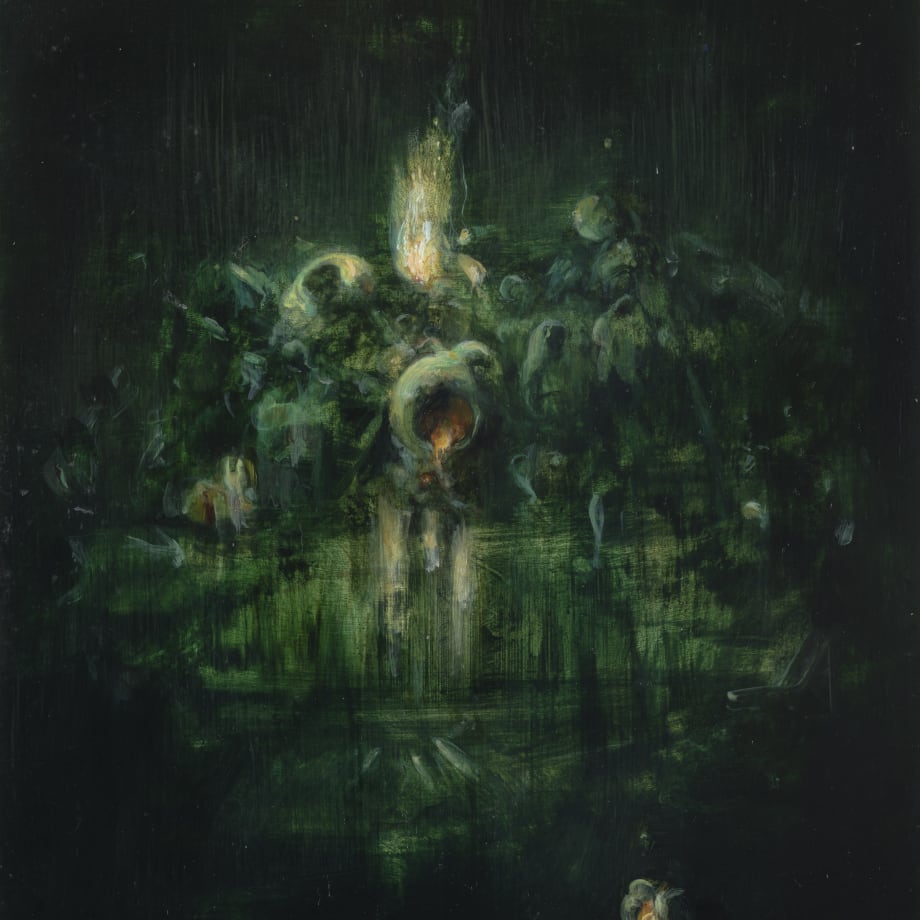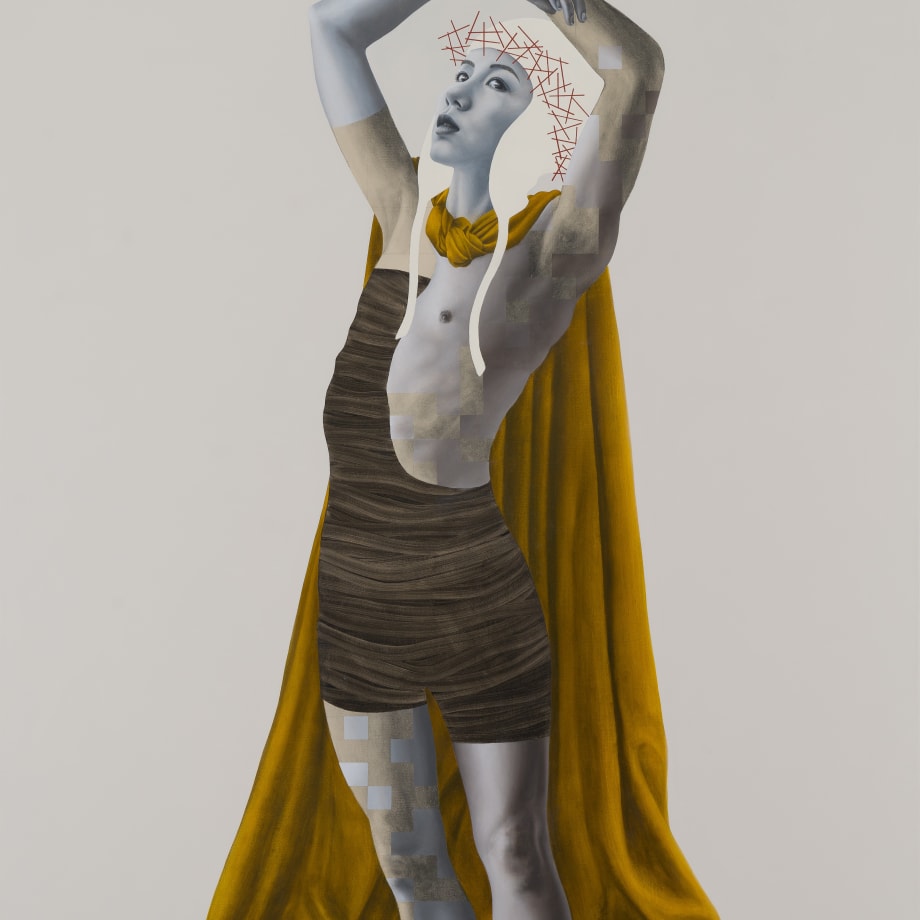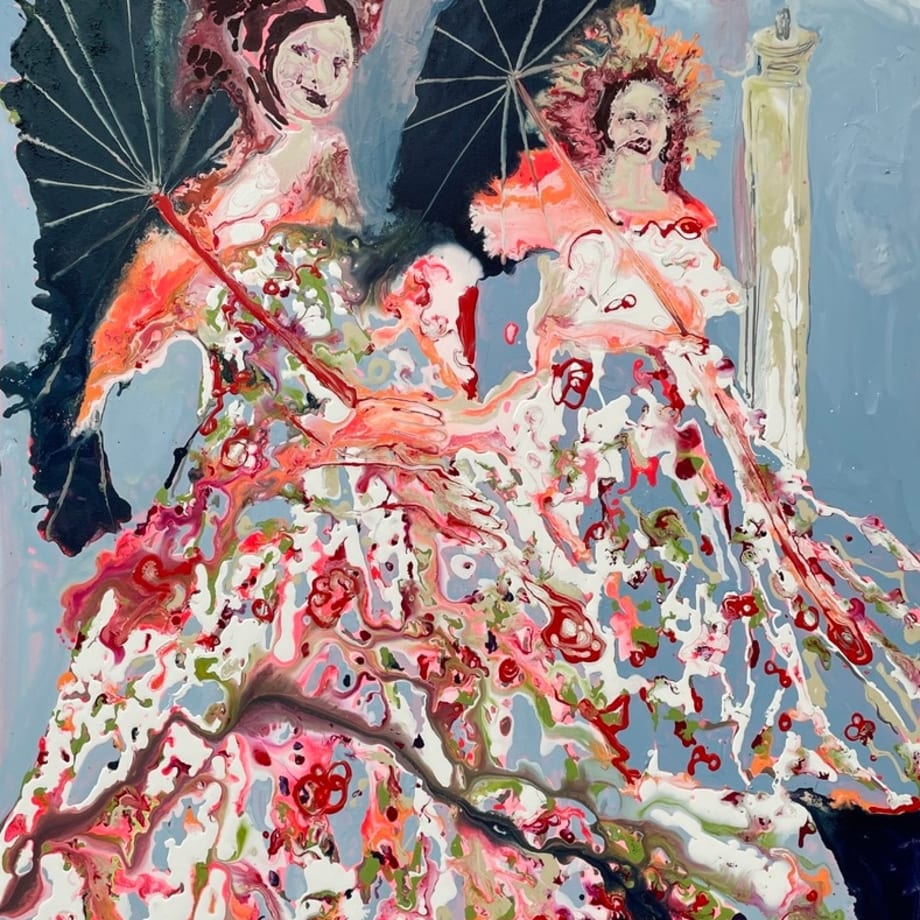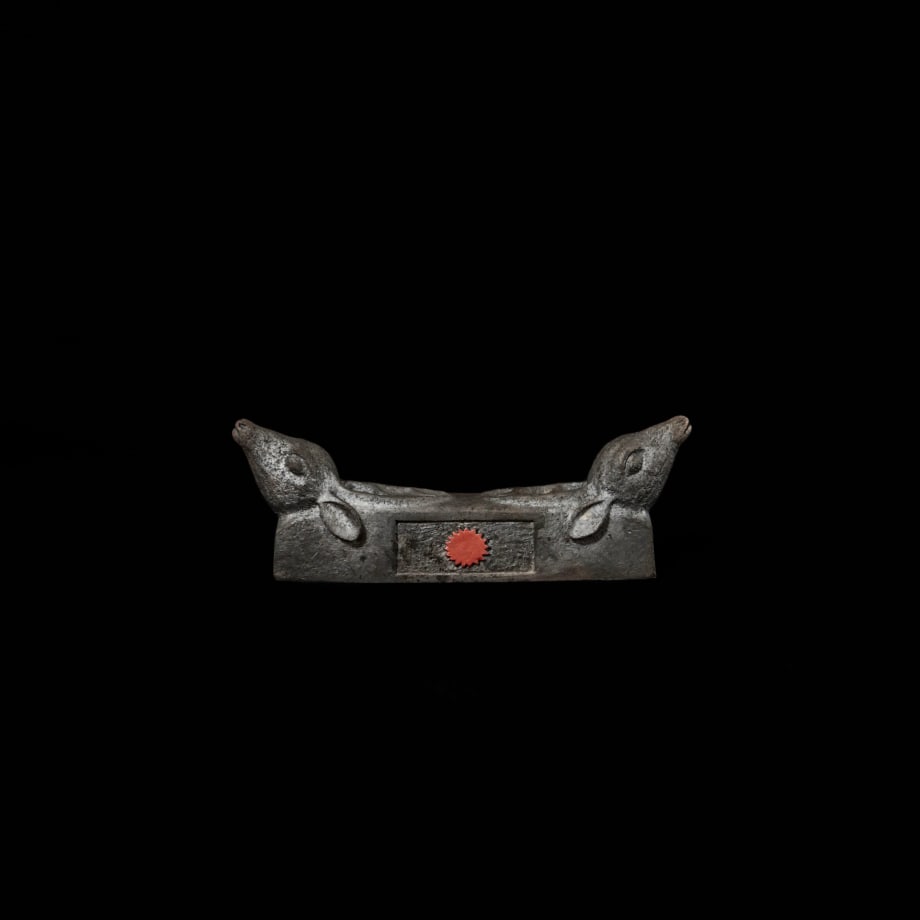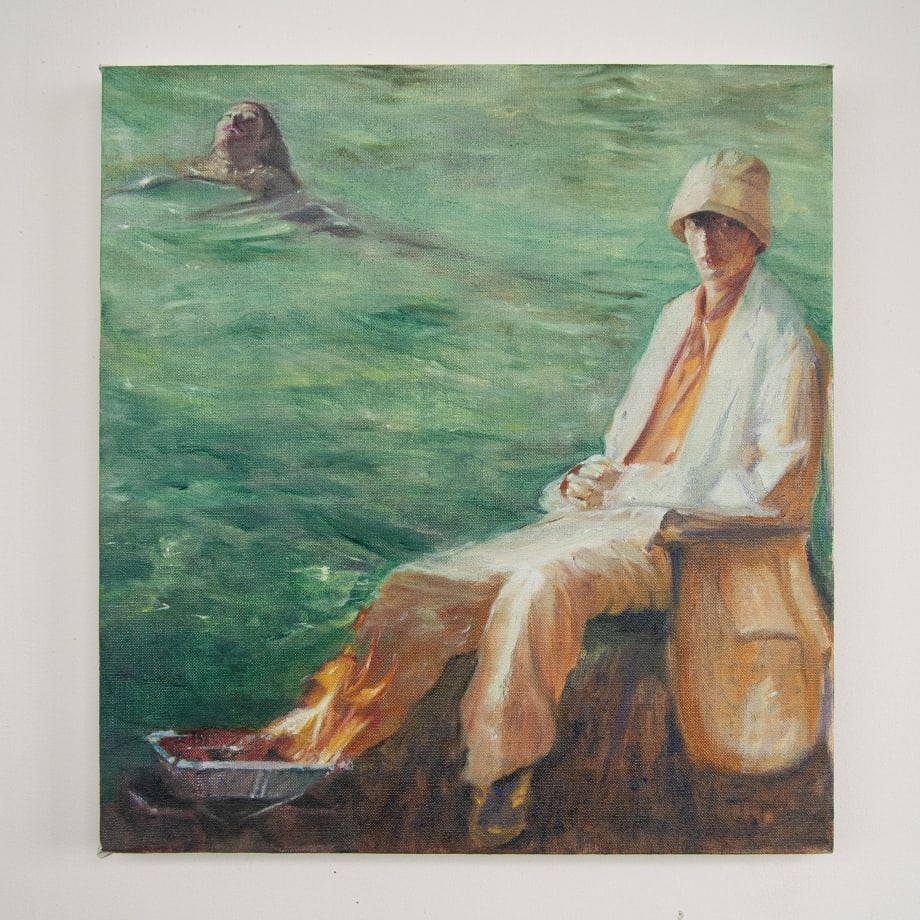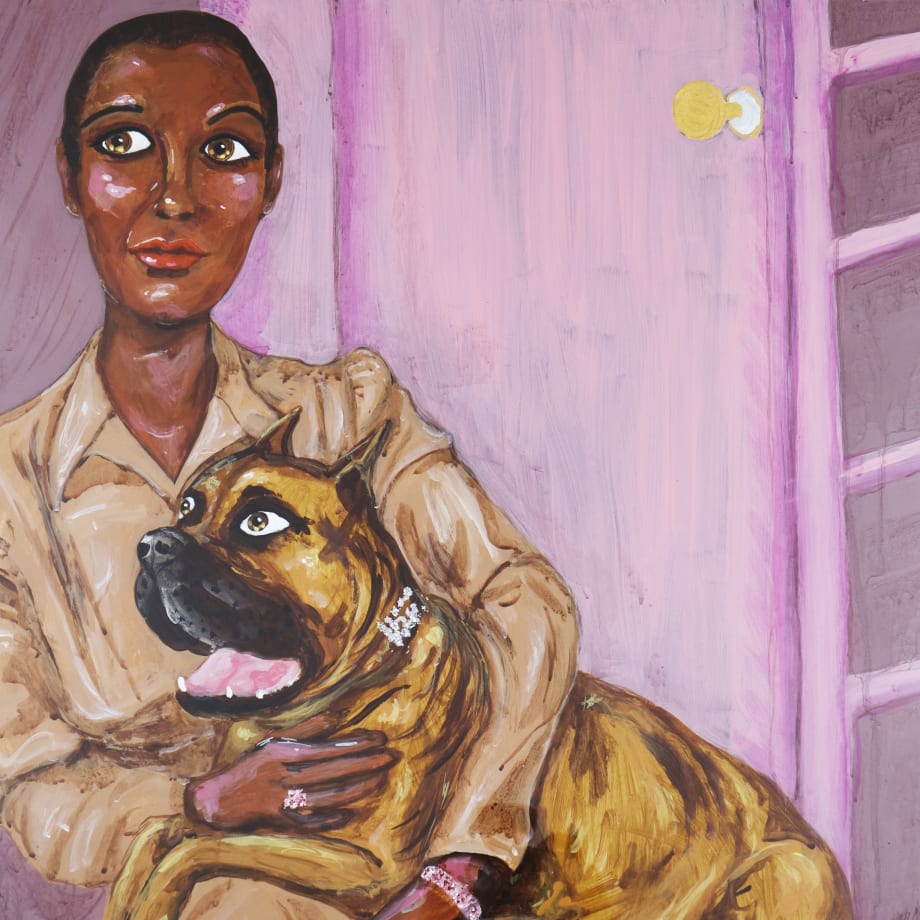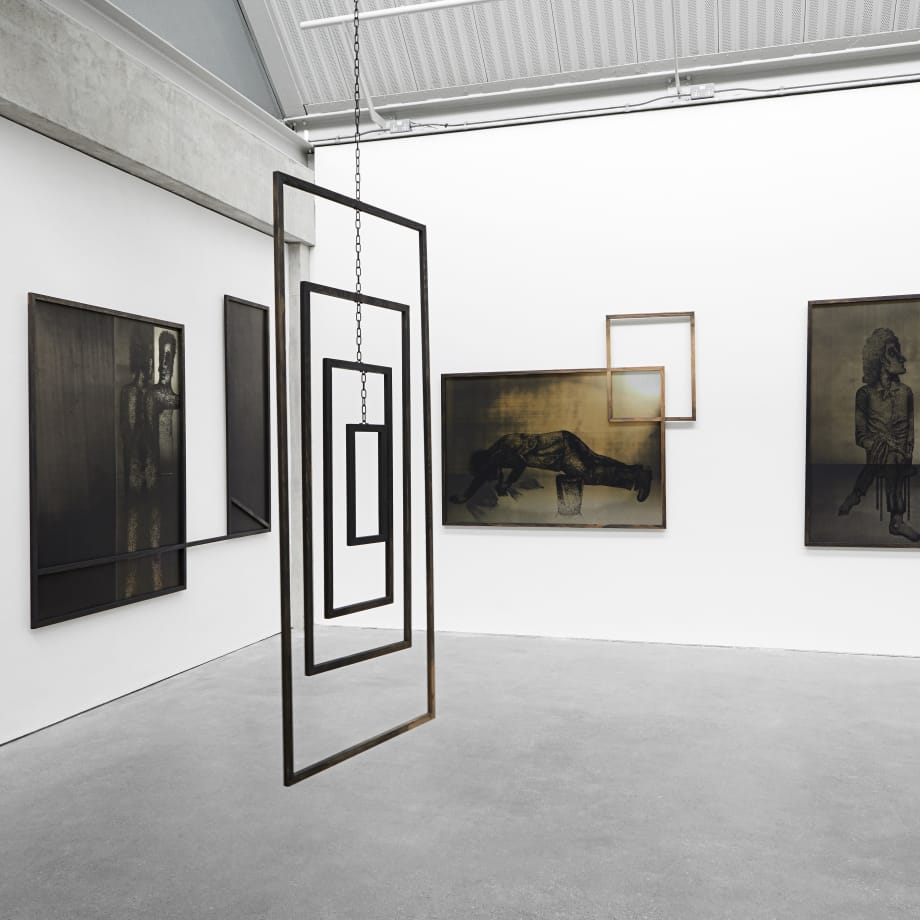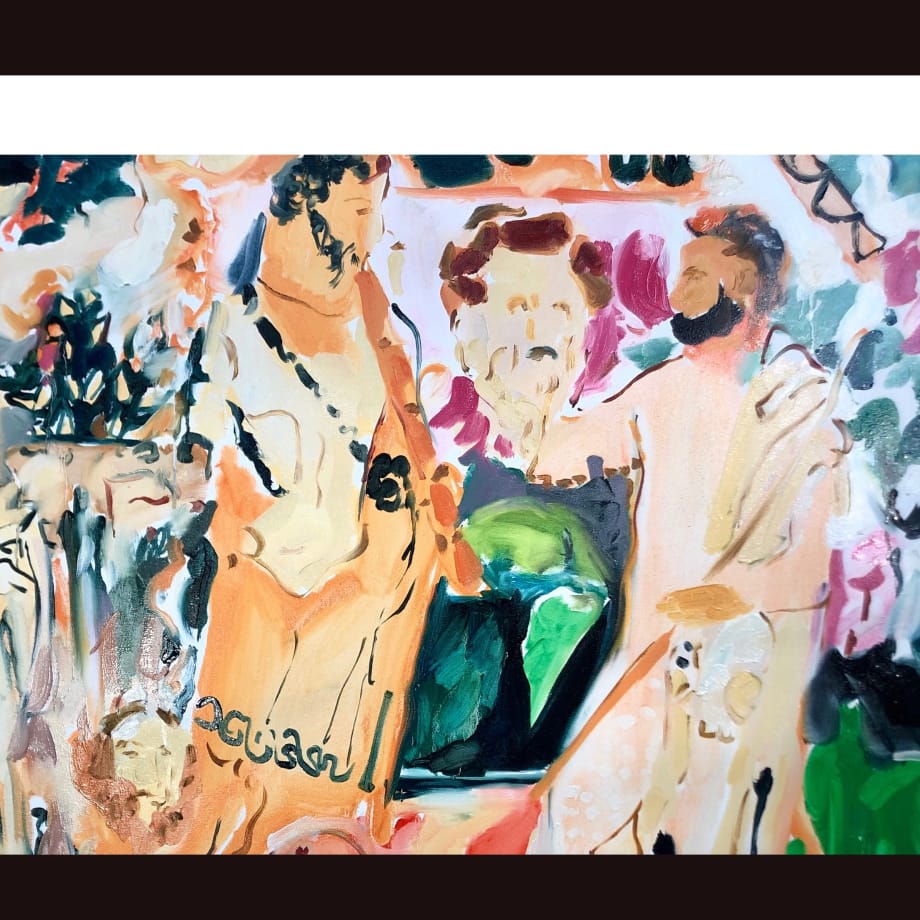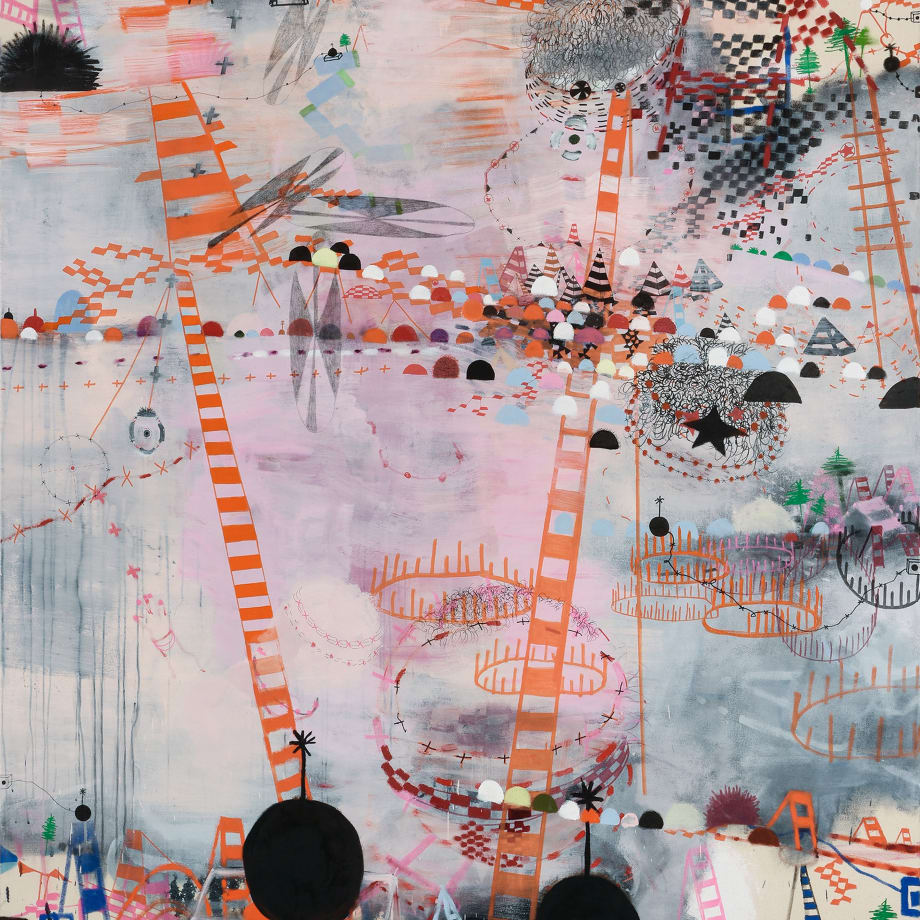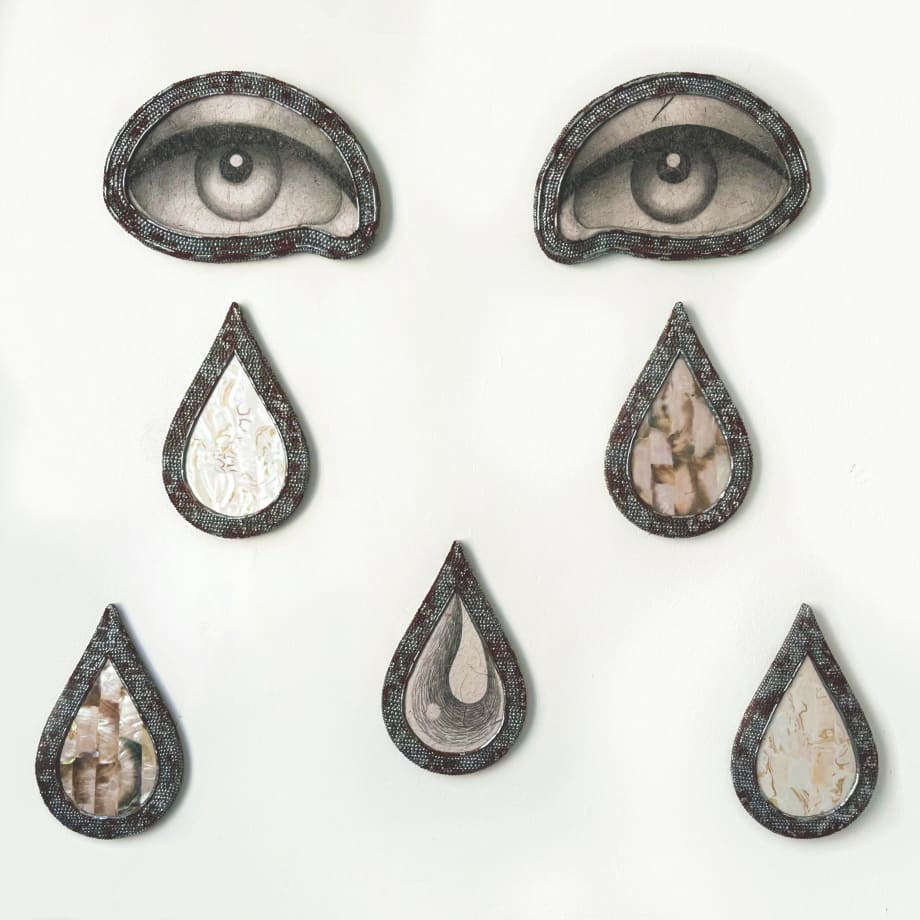Alexander Paulus
Allyson Keehan
Anna Choutova
Anna Rocke
Anousha Payne
Beth Carter
Blair McLaughlin
Carla van de Puttelaar
Casper White
Chantal Powell
Connie Harrison
Danny Leyland
Denise Zygadlo
Dereck Harris
Ed Burkes
Elaine Speirs
Eleanor McCullough
Eleanor Moreton
Elizabeth Stewart
Emma Talbot
Fiona Finnegan
Gail Harvey
Georg Wilson
Gommaar Gilliams
Grace Mattingly
Helen Flockhart
Ilona Szalay
Jack Dunnett
Jen Wink Hays
John Abell
Julie Airey
Juno Calypso
Alexander Paulus
Allyson Keehan
Anna Choutova
Anna Rocke
Anousha Payne
Beth Carter
Blair McLaughlin
Carla van de Puttelaar
Casper White
Chantal Powell
Connie Harrison
Danny Leyland
Denise Zygadlo
Dereck Harris
Ed Burkes
Elaine Speirs
Eleanor McCullough
Eleanor Moreton
Elizabeth Stewart
Emma Talbot
Fiona Finnegan
Gail Harvey
Georg Wilson
Gommaar Gilliams
Grace Mattingly
Helen Flockhart
Ilona Szalay
Jack Dunnett
Jen Wink Hays
John Abell
Julie Airey
Juno Calypso
Kate McMillan
Kate Walters
Kim L Pace
Kirsty Whiten
Lara Orman
Lisa Wright
Margaret R. Thompson
Mary Herbert
Megan Rea
Morwenna Morrison
Nina Royle
Norman Gilbert
Or Lapid
Paige Perkins
Pen Reid
Peter Burns
Pippa Gatty
Pippa Young
Plum Cloutman
Rhiannon Salisbury
Romina Ressia
Rosie McLachlan
Sam Drake
Shelly Tregoning
Stella Vine
Thomas Adam
Tomo Campbell
Virginia Verran
Zayn Qahtani
